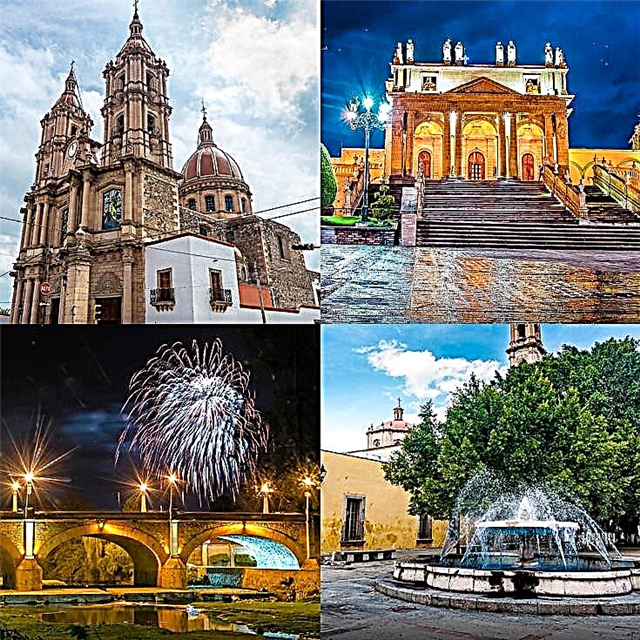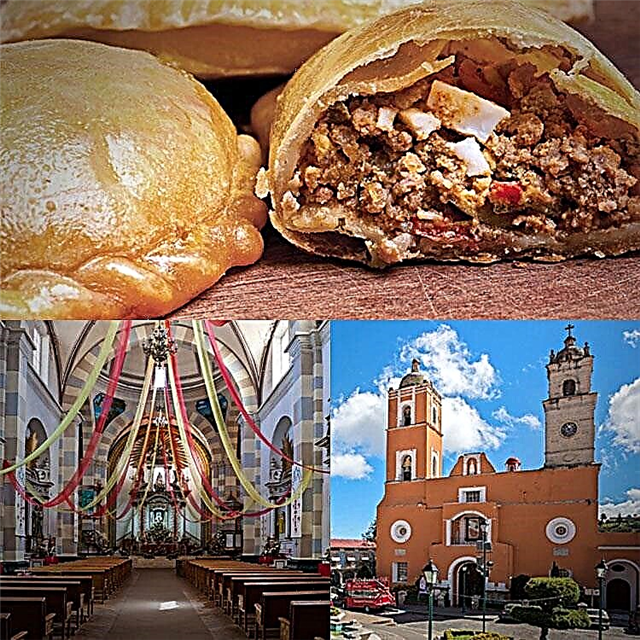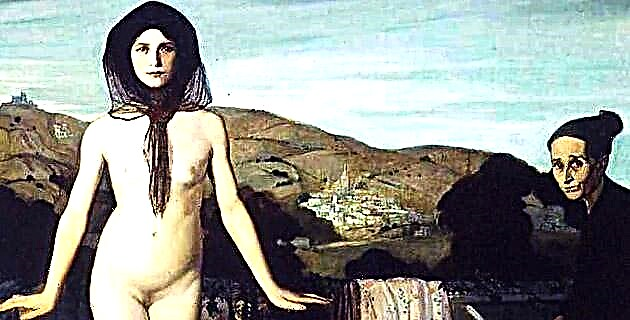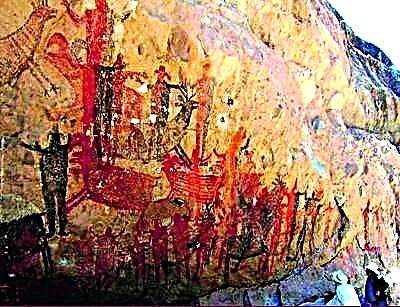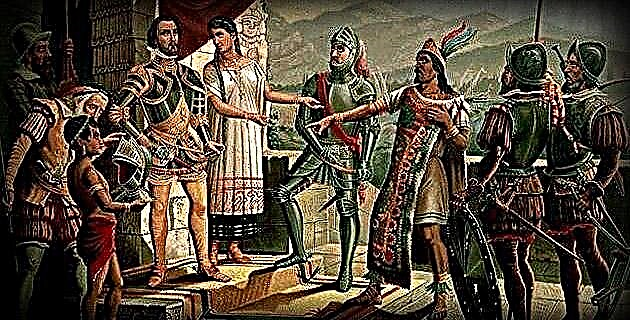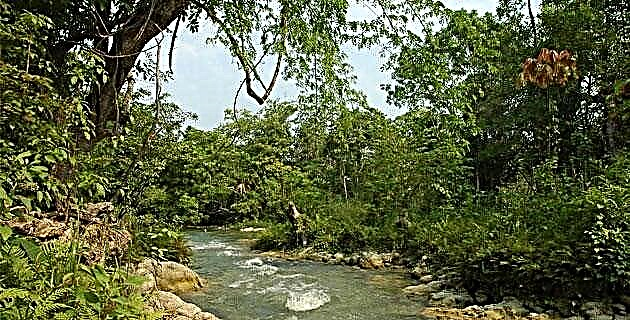
To the south of the state of Campeche, in the middle of the tropical forest, is Candelaria, declared the eleventh municipality of that state on June 19, 1998.
It is crossed by the largest river in the region, which also bears the name of Candelaria. The rivers La Esperanza, Caribe, La Joroba and El Toro feed its waters.
Located 214 km from Ciudad del Carmen, the young municipality is the center of one of the most promising regions for the practice of ecotourism in the state. Rivers, fauna and flora make up a great attraction for the visitor, who will not be disappointed by the variety and exuberance of the landscape. The friendly treatment of the inhabitants and the simplicity in dressing and acting, gave us the impression of living fifty years ago. There we met Don Álvaro López, a native of the place, who was our pleasant and efficient guide during the tour of the Candelaria River.
We embarked on the river adventure at 7 in the morning in a motor boat. During the journey Don Álvaro was telling us how this municipality was populated. Entire families from Sonora, Coahuila, Durango, Michoacán, Jalisco and Colima came here in search of arable land, for raising cattle or to exploit precious woods such as mahogany and cedar, or those of great hardness used in construction. Likewise, today teak is being planted for the manufacture of furniture and melina to make paper.
The river through which we are navigating and listening to such valuable information is wide and majestic, it has a route of 40 km and 60 jumps or streams. In Guatemala it has its source under the name of San Pedro and reaches Mexico to join the Caribbean River. The meeting place of both streams is named Santa Isabel, and Candelaria the river that is derived from this union.
Downstream from the town, the Candelaria sinuously flows into the Panloa lagoon, which in turn is connected to the Term Lagoon. Water lilies flourish in its clear waters, and sport fishing is increasingly popular, as well as annual tournaments during Easter. The most sought-after species are snook, carp, tarpon, macahuil, tenhuayaca (a species of large-mouthed mojarra), among others. Those who do not like fishing can enjoy these waters practicing water skiing, jet skiing, archaeological diving or the tour and visit to the beautiful waterfalls and other sites of interest.
In the region there are several river spas and the possibility of exploring, with the help of a local guide, the Salto Grande. In this place the river crosses a slope, forming ponds and small waterfalls, and it is common to hear the howls of the Saraguato monkeys and observe a great variety of bird species. Going up the river you can get to El Tigre, or Itzamkanac, in 3 or 4 hours, an archaeological site located 265 km from Ciudad del Carmen and, a little further up, to the Pedro Baranda towns, where the channel opens to form the lagoon from Los Pericos, and Miguel Hidalgo. In this last town there are five beautiful springs connected to each other and to the river, through channels.
On the banks of the Candelaria there are entrances of ancient Mayan channels that communicated to populations of the interior. In this regard, John Thomson, in his book History and Religion of the Maya, tells us that the ancient Chontales, navigators of this river, were merchants without borders: Phoenicians from the new world. There is even a sunken Mayan bridge, which crosses it from side to side. It can be seen, passing overhead when it has not rained and the water is crystal clear. Don Álvaro tells us that perhaps they built it like this to avoid the enemy detecting it.
For wildlife lovers, taking the river tour is a real pleasure. Very early you can see the kingfisher (in danger of extinction), the woodpecker and, if you are lucky, some deer.
We were sailing back when in the distance, in the middle of the river, we saw a head emerge that resembled that of a swimming horse. We got closer and, to our great surprise, we found a deer running away from a pack of hunting dogs. We approached it from behind to encourage it to reach the shore, and at a distance where we could have caressed it, we observed how it got between the tulle, taking refuge in the farmhouse, on the flat and somewhat marshy terrain of the river banks.
Throughout the tour we were able to verify that the region offers enormous possibilities for interesting excursions. It is very attractive, for example, to observe manatees in their natural environment, aquatic mammals also in danger of extinction; And just to give an example, a suggestive trip is made by the small passenger boat that departs from Palizada, goes down the river of the same name and crosses the Laguna de Terminos to Ciudad del Carmen, where the French tiles and balconies with smithy are still an important part of the urban landscape.
The region's economy was based for 300 years, until the beginning of the century, on the exploitation of the dye stick. At that time Campeche supplied the world with black dye to dye fabrics. The discovery of aniline, by the English, caused the exploitation of the dye stick to decline completely as an export product. Another variety of tree that abounds in this area is the chitle or chico zapote. Chewing gum is extracted from this, but its production has been reduced due to the commercialization of chewing gum. Today its inhabitants, in addition to carrying out agricultural and forestry activities, recognize the tourist potential of the region and proudly show visitors the world of adventure that Candelaria has in store for them.
Without a doubt, Campeche has a heritage of great natural, archaeological and architectural wealth, which must be preserved by all means for the enjoyment and knowledge of current and future generations.
IF YOU GO TO CANDELARIA
Leaving Escárcega towards the south, take Federal highway no. 186 and turn off at kilometer 62 on federal highway no. 15, after passing the town of Francisco Villa, and in a few minutes you will reach the municipal seat of Candelaria.

